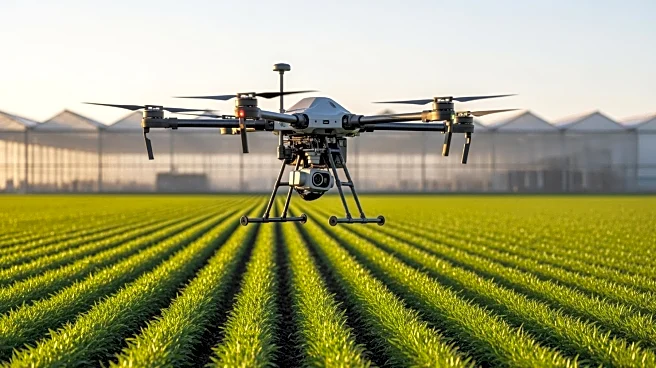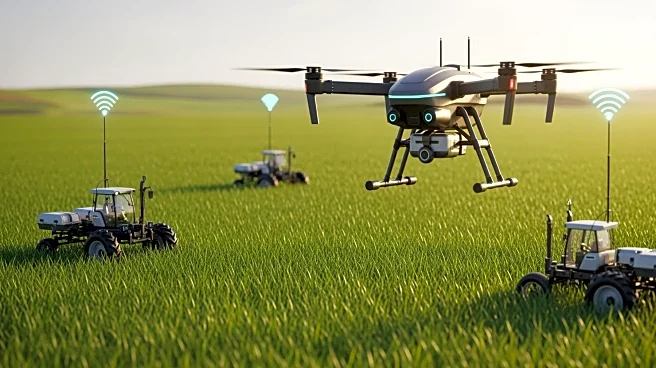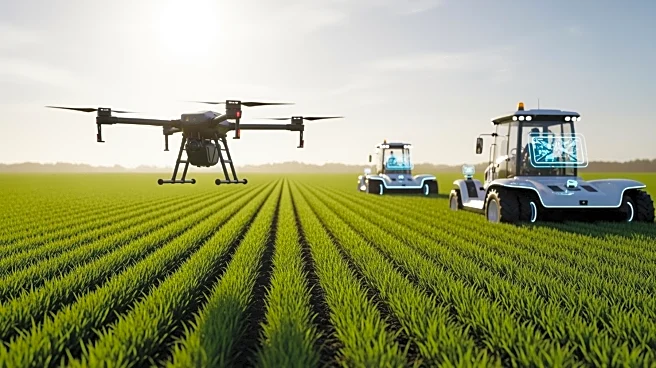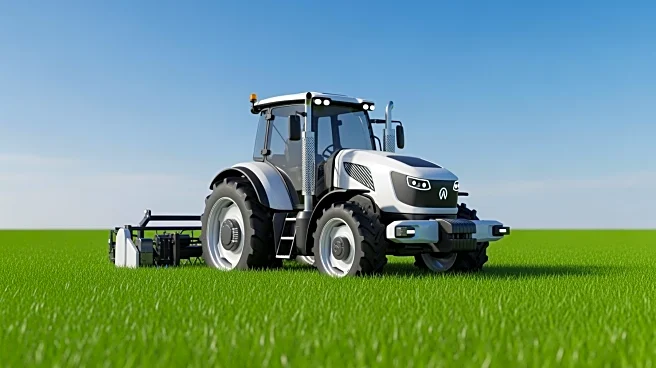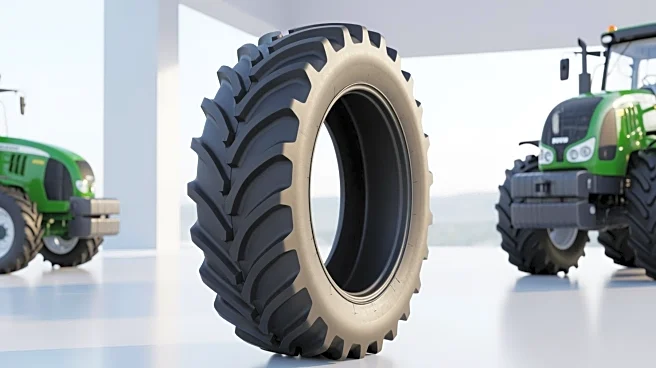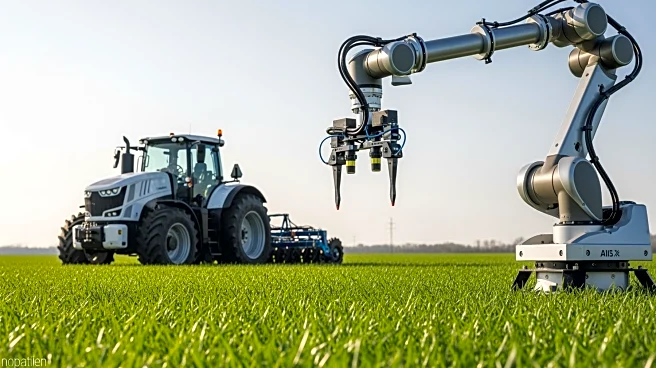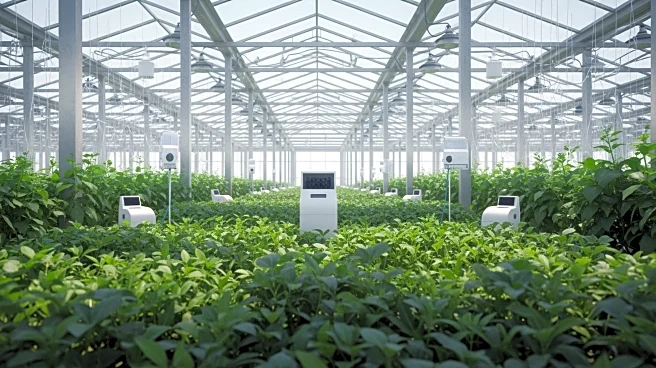What's Happening?
CHC Navigation (CHCNAV) has unveiled its latest precision agriculture solutions at Agritechnica 2025 in Hanover, Germany. The company's booth attracted significant attention with demonstrations of GNSS
Guidance, Vision Guidance, Row Guidance, and other systems designed to enhance agricultural workflows. CHCNAV announced a partnership with CNH to introduce guidance kits compatible with various models, facilitating precision farming for budget-conscious operations. The solutions aim to improve efficiency in tillage, seeding, crop management, and harvesting, offering integrated pathways for the complete agricultural chain.
Why It's Important?
The introduction of precision agriculture solutions by CHCNAV represents a significant advancement in farming technology, enabling more efficient and sustainable agricultural practices. By integrating guidance systems and management tools, farmers can optimize resource use, reduce waste, and improve crop yields. This development is crucial for addressing global food security challenges and promoting environmentally friendly farming methods. The partnership with CNH expands the reach of these solutions, making precision agriculture accessible to a wider range of farmers.
What's Next?
CHCNAV is expected to continue developing and refining its precision agriculture solutions, potentially expanding its market presence in other regions. The partnership with CNH may lead to further collaborations and innovations in farming technology. Stakeholders, including agricultural service providers and farmers, will likely assess the impact of these solutions on productivity and sustainability. The success of this initiative could drive further adoption of precision agriculture practices, influencing industry standards and regulations.
Beyond the Headlines
The adoption of precision agriculture solutions raises questions about the ethical and environmental implications of technology in farming. Companies must ensure transparency and accountability in their operations, addressing potential biases in guidance systems. Additionally, the long-term impact on industry standards and regulations could be significant as precision agriculture becomes more prevalent in farming practices.
